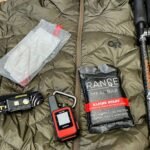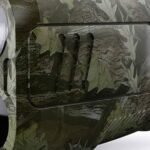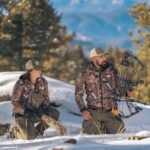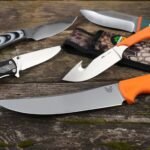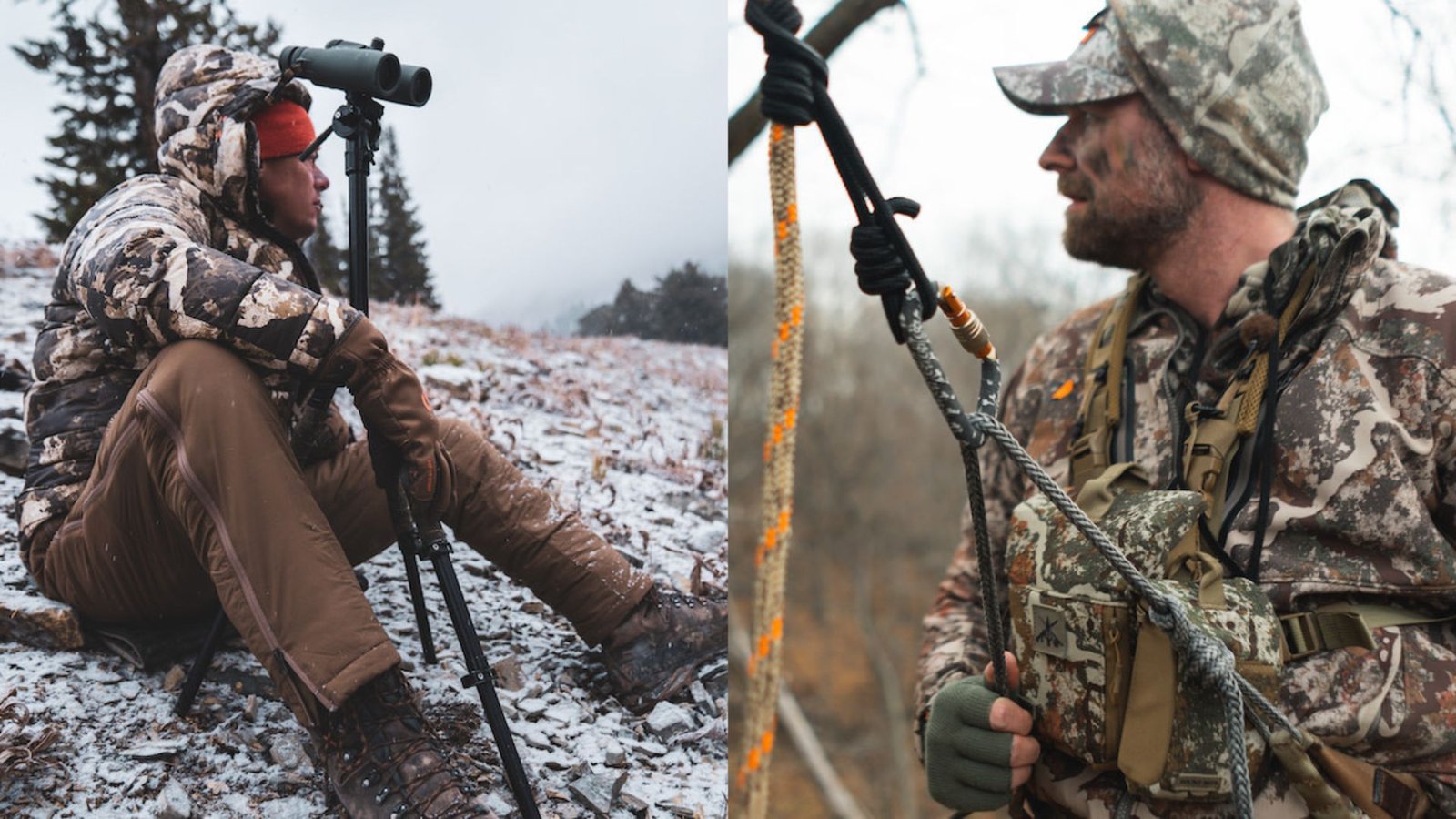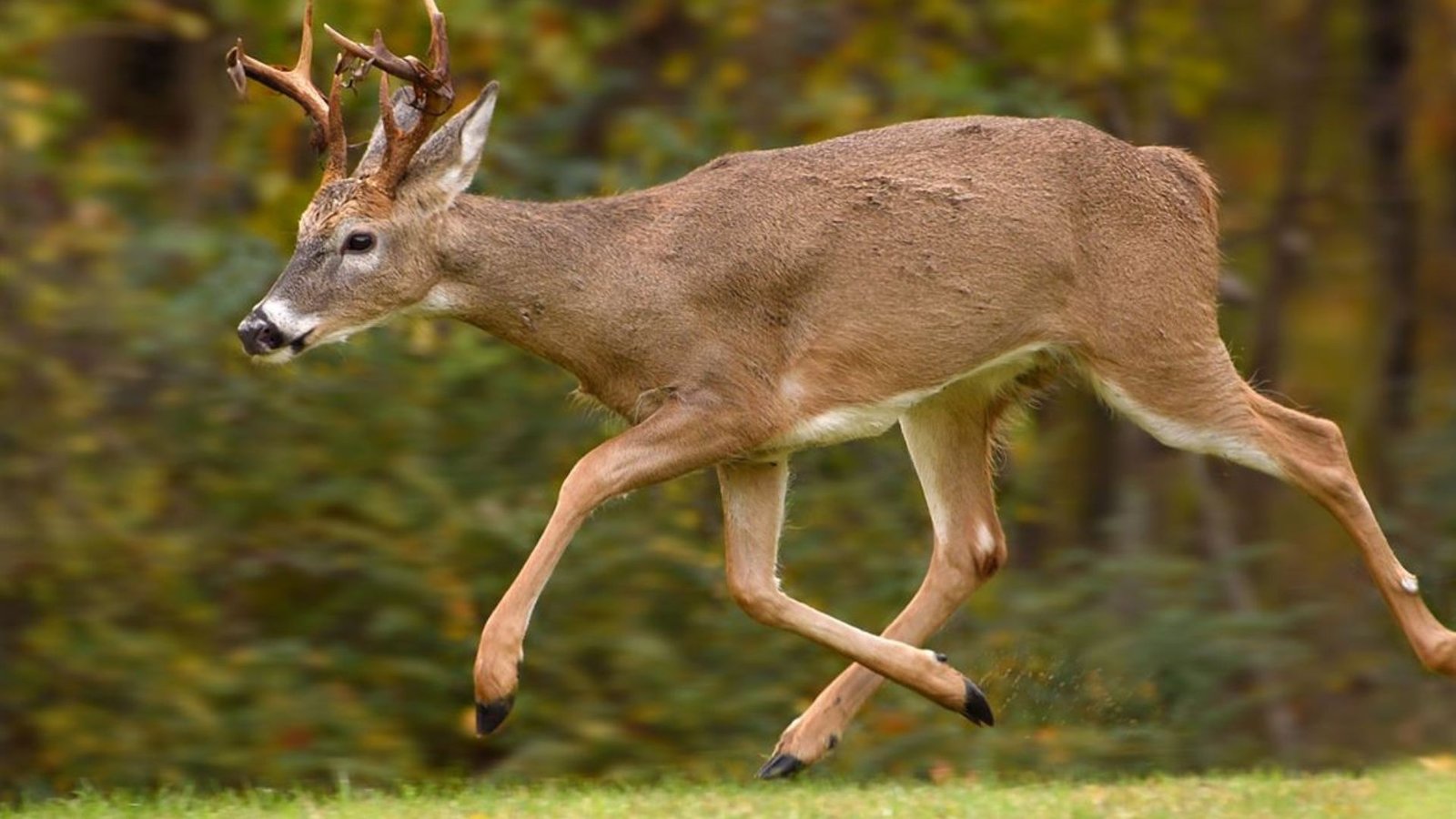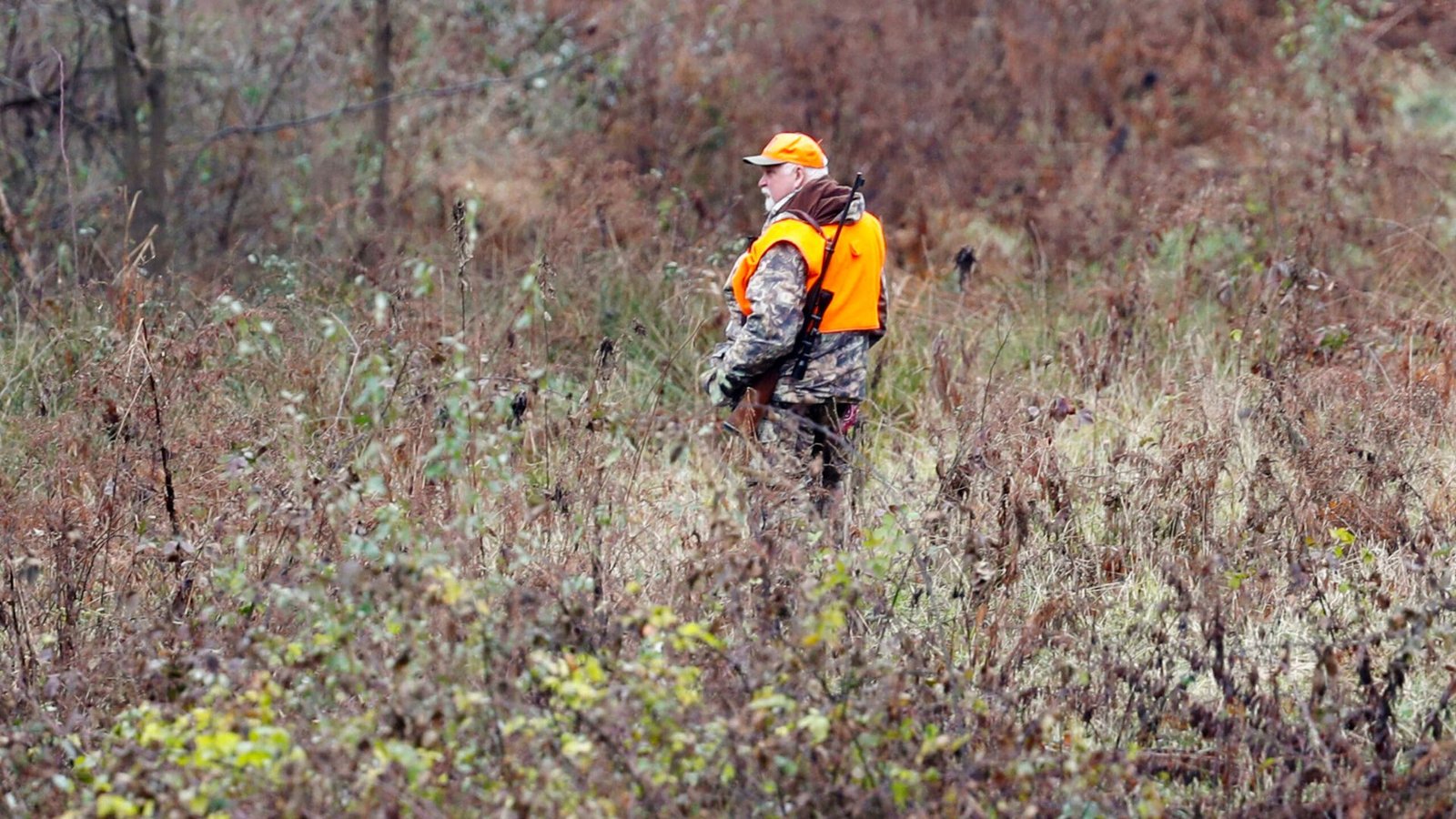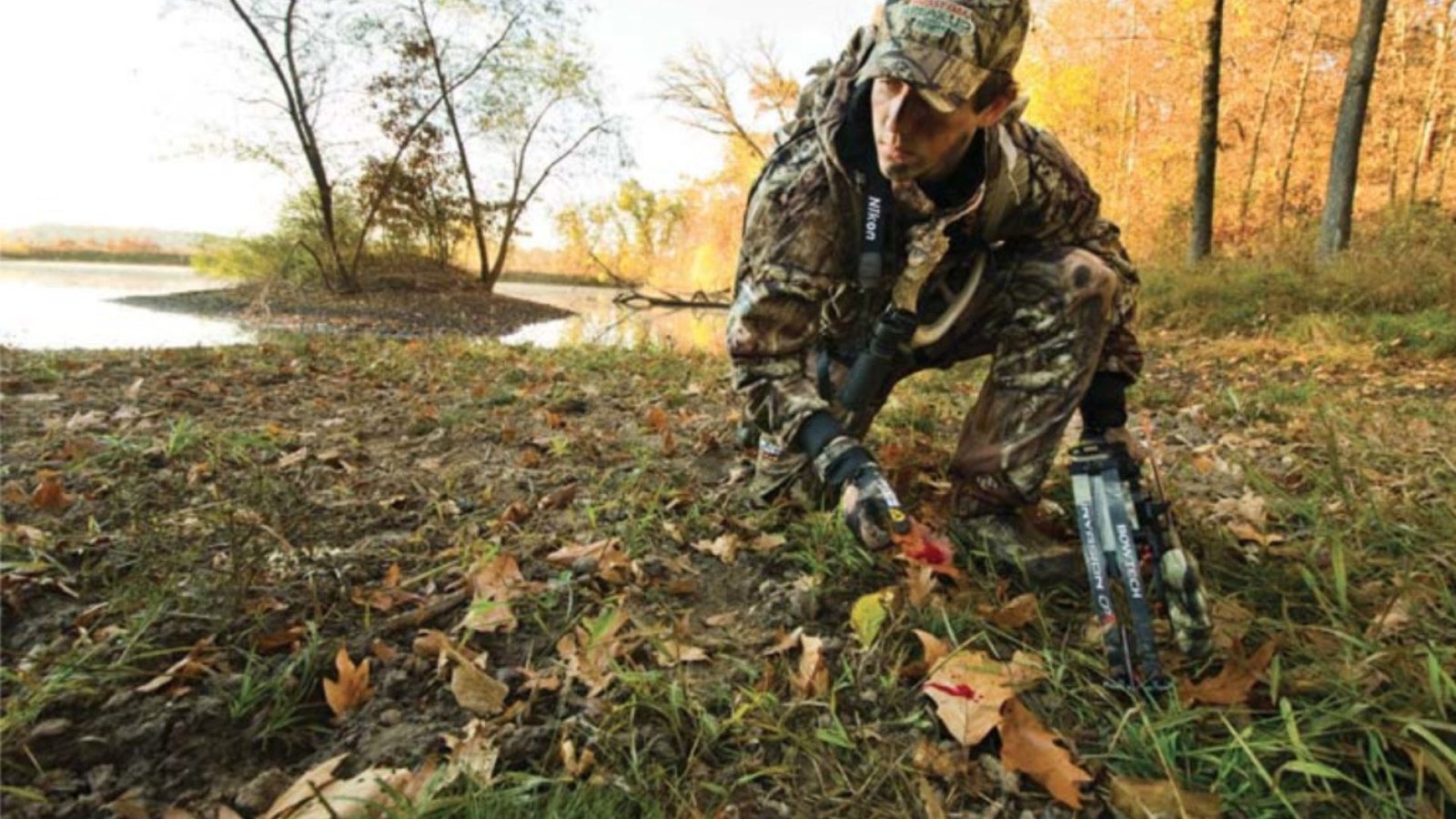When you’re out in the wild hunting or tracking deer, having the right tools for deer tracking is essential. These tools help you identify and follow the tracks of deer, ensuring that you can track them efficiently and effectively. In this article, we’ll guide you through some of the best tools that every serious tracker should have in their arsenal. These tools will make your job easier and increase your chances of a successful hunt.
Why You Need the Right Tools for Deer Tracking
Before going into the best tools, it’s important to understand why the right tools for deer tracking are crucial. Tracking deer can be challenging, especially when the terrain is tough or the weather conditions aren’t ideal. With the right tools, however, you can make the tracking process much easier and more accurate. From GPS devices to simple tools like tracking sticks, each tool has its own unique purpose in helping you stay on track and follow your quarry.

1. A Good Pair of Binoculars
One of the most important tools for deer tracking is a pair of high-quality binoculars. Binoculars help you spot deer from a distance, allowing you to get a closer look without disturbing the animal. When tracking, you’ll need to spot signs of movement, such as a flicker of a tail or a shift in the branches, and binoculars can help you identify those signs clearly. A pair of 8×42 binoculars is a great choice for tracking deer in various conditions.
2. GPS Device or Smartphone with Tracking Apps
Another essential tool for deer tracking is a GPS device. In dense forests or large hunting areas, it can be easy to lose your bearings. A GPS device allows you to mark locations, plot trails, and navigate through the wilderness without getting lost. Many hunters also use smartphone apps that help with tracking deer. These apps can track your path, record sightings, and even mark important spots, making them valuable tools for deer tracking.
3. Deer Track Identification Guide
Knowing how to read deer tracks is a critical skill, and for this, a deer track identification guide is an excellent tool. These guides provide images and descriptions of different types of deer tracks and how to differentiate them from other animals. They help you understand the size, shape, and depth of tracks, so you can tell whether they’re fresh or old. A pocket-sized field guide is perfect for easy reference while you’re out in the woods.
4. Tracking Sticks
Tracking sticks are simple but effective tools for deer tracking. They allow you to push aside brush or mark tracks on the ground, making it easier to follow the path. When tracking through thick vegetation or heavy snow, a tracking stick can help you clear your way or mark where you’ve been. These sticks are also useful for steadying yourself on uneven terrain, making them an indispensable tool in any hunter’s kit.
5. Trail Camera
A trail camera is a modern tool that helps you monitor deer activity in a specific area. These cameras are set up along trails or near food sources to capture images or videos of deer as they pass by. Trail cameras are great for understanding the patterns and behavior of deer in your hunting area. They help you track deer without being physically present, making them a valuable tool when you’re not out actively following the tracks.
6. A Compass
Even though GPS devices and smartphones are common, a traditional compass is still one of the most reliable tools for deer tracking. It doesn’t rely on batteries and can help you navigate when your GPS fails or when you need to keep track of your direction without distractions. By using a compass, you can maintain your bearings, ensuring you don’t get disoriented while tracking deer in unfamiliar terrain.
7. Scent Control Gear
Scent is crucial when tracking deer. Deer have an exceptional sense of smell, and if they catch wind of you, they’ll likely avoid the area. That’s why scent control gear is important. Tools for deer tracking like scent-blocking sprays, scent-free clothing, and scent-masking devices will help you remain undetected while you follow the tracks. Using these tools allows you to get closer to your target without alarming the deer.
8. Footwear and Gaiters
While not exactly a “tracking tool,” proper footwear is vital for effective deer tracking. Good hiking boots with solid ankle support and waterproof features will make it easier to walk for hours in tough terrain. Additionally, gaiters are a great accessory to protect your legs from brush, thorny bushes, and snow. These items will help you focus on tracking without worrying about discomfort or injuries from rough terrain.
9. A Good Flashlight or Headlamp
Deer tracking isn’t always limited to daylight hours. A flashlight or headlamp is a crucial tool when tracking at dawn, dusk, or in low-light conditions. Having a reliable light source allows you to see clearly and avoid stepping on the tracks or missing important signs. Many hunters prefer headlamps since they free up their hands for other tasks while tracking.
Conclusion
In conclusion, using the right tools for deer tracking can make a significant difference in your hunting experience. Whether it’s a pair of binoculars, a GPS device, or a simple tracking stick, each tool plays a role in helping you follow the tracks of deer and improve your chances of success. By equipping yourself with these tools, you’ll be better prepared to track deer efficiently and effectively, increasing your chances of a successful hunt.



